Located at the foot of Hapori mountain, on the north bank of the Yarlung Zangbo River in Zhanang County, Shannan, and 38 kilometers away from Tsedang Town, Samye Monastery (桑耶寺) is the first temple with Triratna (Buddha, Dharma, Sangha) in Tibetan Buddhism. As Tibet’s first monastery and the place where Buddhism was established, Samye Monastery is also of major historical and religious importance.
Besides, Samye is also famed for its unique mandala design: the Main Hall, known as Ütse, represents Mt Meru, the center of the universe, while the outer temples represent the oceans, continents, subcontinents and other features of the Buddhist cosmology. And the main hall combines three styles of Tibetan, Han and Indian.
History
 Tibetan King Trisong Detsen
Tibetan King Trisong DetsenSamye Monastery is Tibet’s very first monastery and has a history that spans more than 1,200 years. It was founded in the reign of King Trisong Detsen, who was born close by, though the exact date is subject to some debate – probably between 765 & 780. Whatever the case, Samye Monastery represents the Tibetan state’s first efforts to allow the Buddhist faith to set down roots in the country.
Shortly after the founding of Samye Monastery, Tibet’s first seven monks were ordained here by Samye Monastery’s Indian abbot, Shantarakshita, and Indian and Chinese scholars were invited to assist in the translation of Buddhist texts into Tibetan.
Legends
It is said that when it was first built, Trisong Detsen was eager to know the scene after the completion, so Padmasambhava turned out the illusion of the temple from his palm. After seeing it, Trisong Detsen couldn't help exclaiming "Sangye" (meaning "unexpected" and "unimaginable") and later the temple was named Samye Temple because of the king's exclamation.
In the beginning, the Indian monk Śāntarakṣita was invited by Trisong Detsen to promote Buddhism and build a monastery. Finding the Samye site auspicious, Śāntarakṣita set about to build a structure there. However, the building would always collapse after reaching a certain stage. Terrified, the construction workers believed that there was a demon or obstructive tulku in a nearby river making trouble. When Shantarakshita's contemporary Padmasambhava arrived from northern India, he was able to subdue the energetic problems obstructing the building of Samye. According to the 5th Dalai Lama, Padmasambhava performed the Vajrakilaya dance and enacted the rite of namkha to assist Trisong Detsen and Śāntaraksita, clearing away obscurations and hindrances in the building of Samye. After getting back to Samye Monastery, Master Padmasambhava began to exorcise demons and finally tamed these ghosts to help build Samye Monastery. In this way, it was constructed by people during the day and by ghosts and gods at night. The proof of this legend is still on the mural of the Samye Monastery.
Padmasambhava Statue

The famous "Look Like Me" statue of Padmasambhava at Samye Monastery was built in the eighth century. It is said that when Padmasambhava saw this statue at Samye Monastery, he said, "Just like me." He blessed it himself, and later said, "Now it is exactly the same as me."
Due to his role in the establishment of Samye Monastery, Padmasambhava is considered the founder of the Nyingma School of Tibetan Buddhism. Tibetans regard him as the "Second Buddha" and respectfully call him Guru Rinpoche, which means Precious Guru. Padmasambhava's activities in Tibet included practicing tantra rituals to increase the king's life and guiding King Trisong Detsen into tantra rituals.
That statue is vivid, like a real person, especially a pair of eyes that seem to be able to look directly into the viewer's heart, which is very mysterious!
Highlights
Four Stupas

Four stupas were built at Samye Monastery's four corners. They were built in red, green, black, and white, in order to prevent the occurrence of natural and man-made disasters. Green is the symbol of eternity, white is the symbol of compassion, black is the symbol of strength, and red is the symbol of wisdom. In Buddhism, the four directions represent the "world", and can expel any ghosts and demons.
Annual Dharma
The main content of dharma is the fete dance of Tha Kung, which is also very colorful. Samye Monastery dharma and many other deities will appear in the form of the fete dance of Tha Kung. During the dharma meeting, there are also some light-hearted and humorous programs to enliven the atmosphere. These humorous and funny performances are also popular among local people. These religious dances and programs are very old and probably originated from a large celebration after the completion of the Samye Monastery, which continues to this day.
The Walls Built by Ghosts

The walls are very strong, though rough on the surface. They are very different from the walls of other buildings in Samye Monastery. These buildings let us admire such masterpieces, but at the same time, we were also overwhelmed by the architectural level of that time.
Travel Tips
Best Time to Travel
There's a mild climate, warm in winter and cool in summer in Shannan, so Samye Monastery is suitable for travel in most seasons of the year.
Good Spot for Photography
In the early morning or evening, you can climb to the top of Hapori Mountain next to Samye Monastery, overlooking the panoramic view of Samye Monastery and the Yarlung Zangbo River, which is an excellent photography location.
Ganden Monastery to Samye Monastery Trek
It's one of the most classic trails in Tibet. This route offers you lakes, beautiful alpine landscapes, herders’ camps, and sacred sites. Most importantly, this trek connects two of the holiest Buddhist monasteries, and from a spiritual viewpoint, this trek is as valuable as a spiritual journey. >> See more about Ganden to Samye Trek
Here's a video about Samye Monastery for watching more details.
Lhasa - Tsetang - Shigatse - Lhasa
Read the most splendid chapters of Tibetan history, culture and religons by visiting Lhasa, Tsedang and Shigatse.
Lhasa – Tsetang – Lhasa
Trace Tibet's history by visiting the first Buddhist monastery - Samye and the first palace - Yumbulagang.
Lhasa - Tsedang - Lhasa - Beijing - Ulaanbaatar
Discover Tibet Beijing Mongolia and admire different landscapes. Explore the ancient cultures and prosperous features.
Email response within 0.5~24 hours.






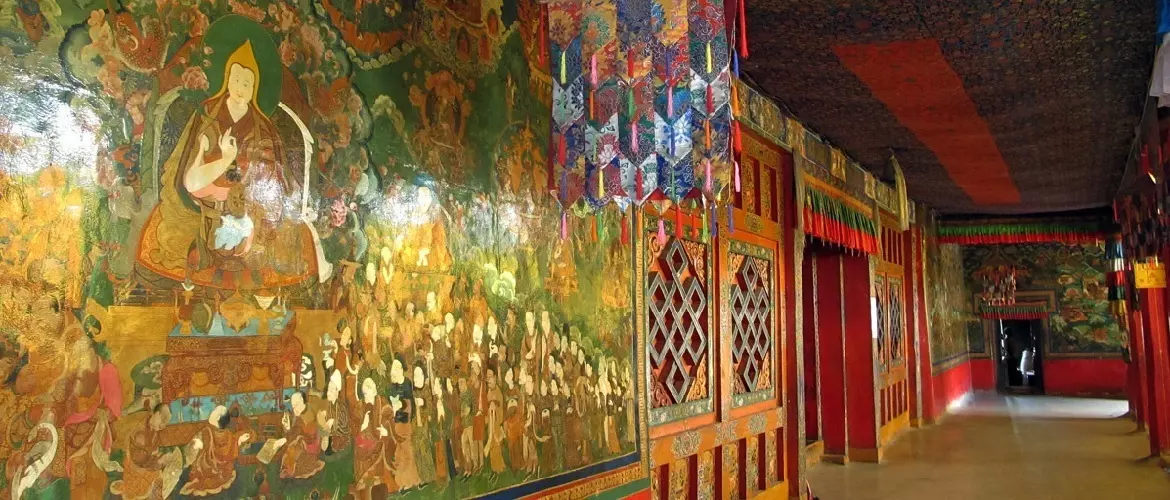
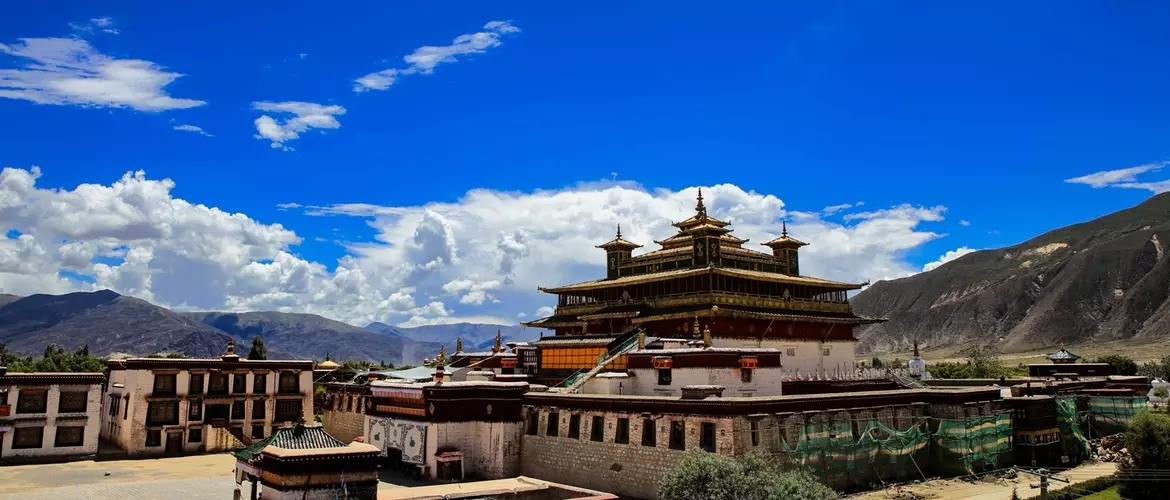
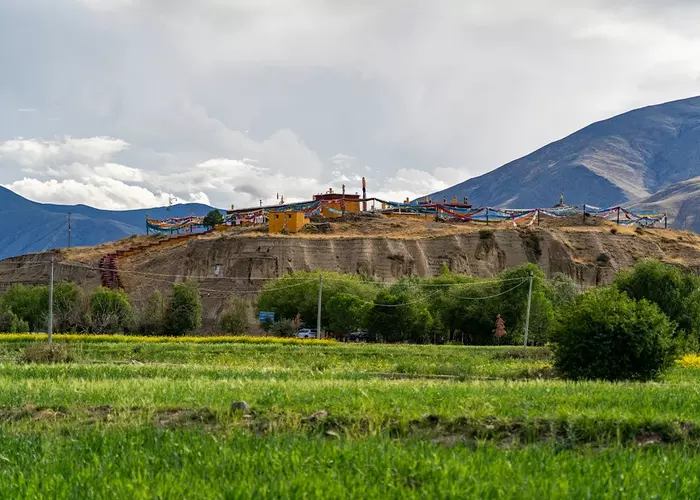
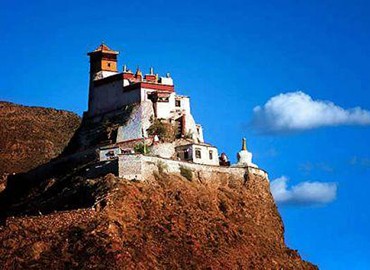
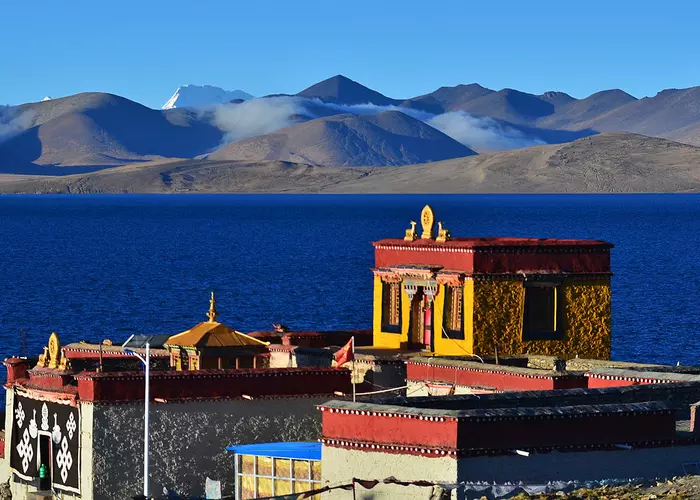
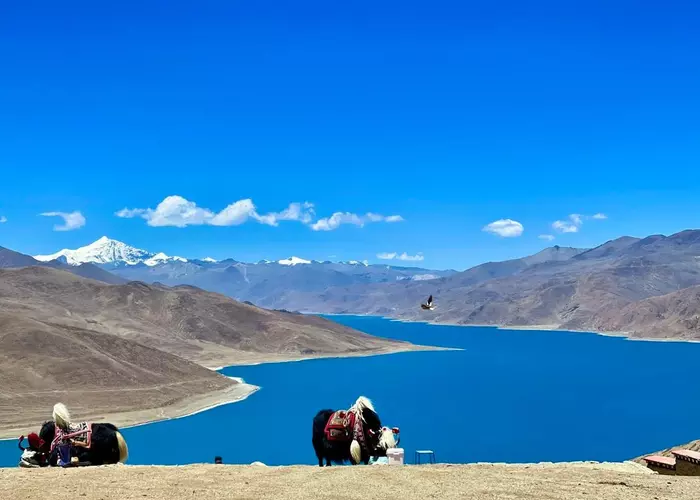
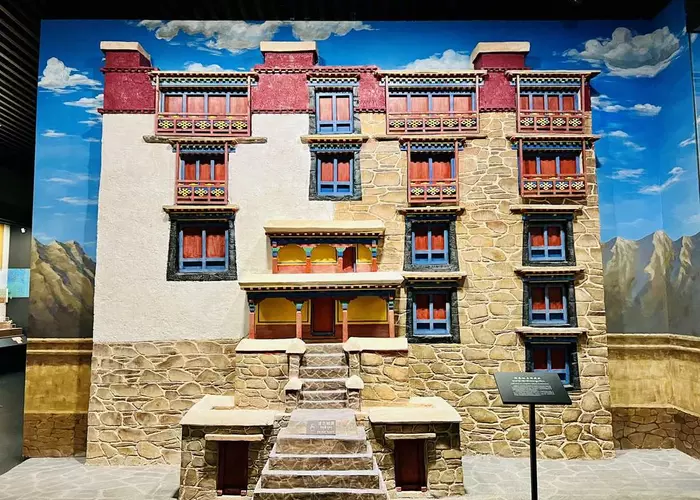
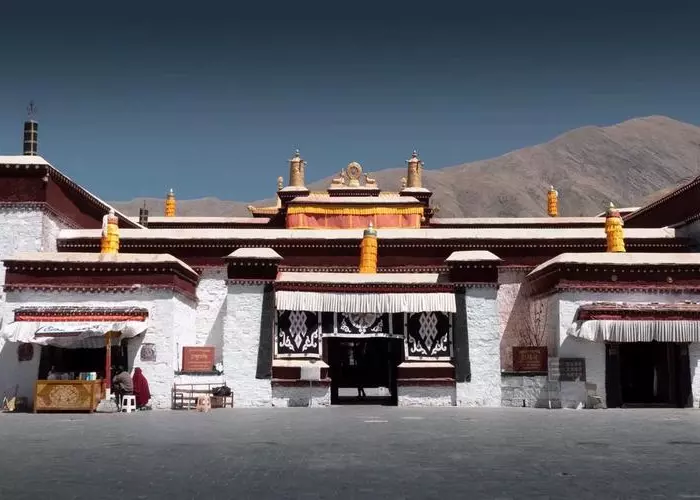
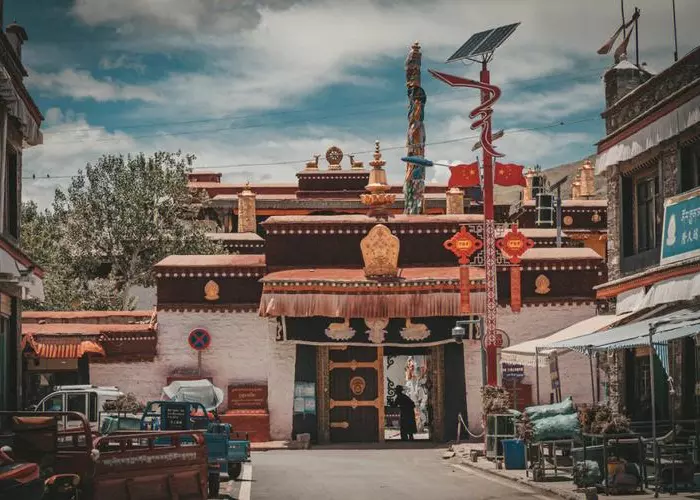
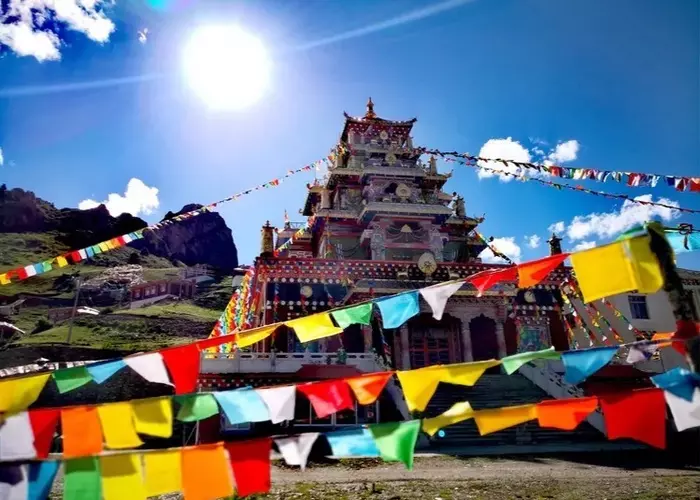
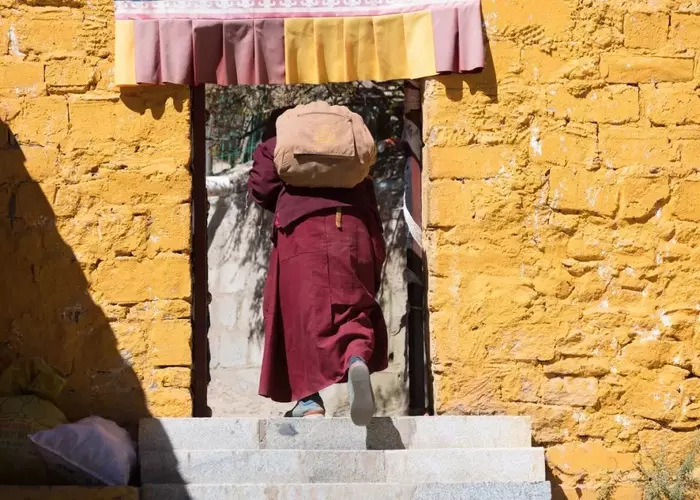

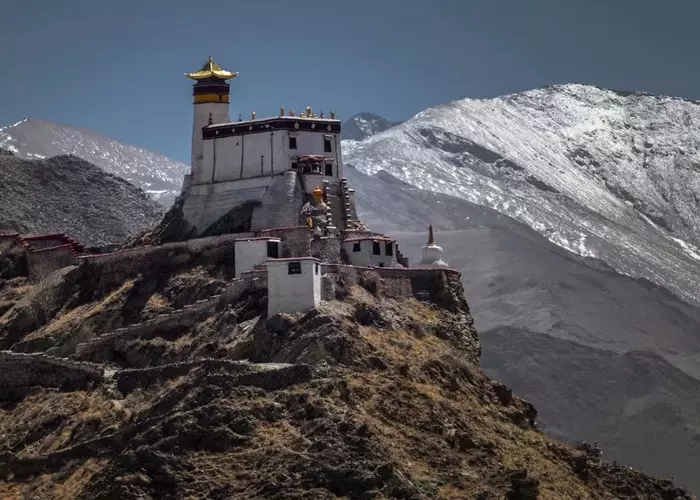
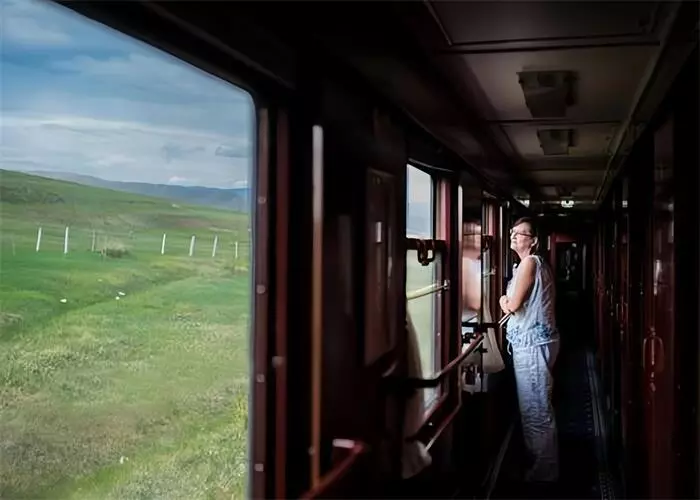

Typically Asked Questions from Our Clients
Asked by Aman***
Hi looking for an itinerary that includes Samye and Ganden for 5-7 days. I can book my own hotel. Thanks,
Dear Ama***,
As per your request, I recommend 6 days Lhasa & Ganden & Samye private tour.
Here is the itinerary.